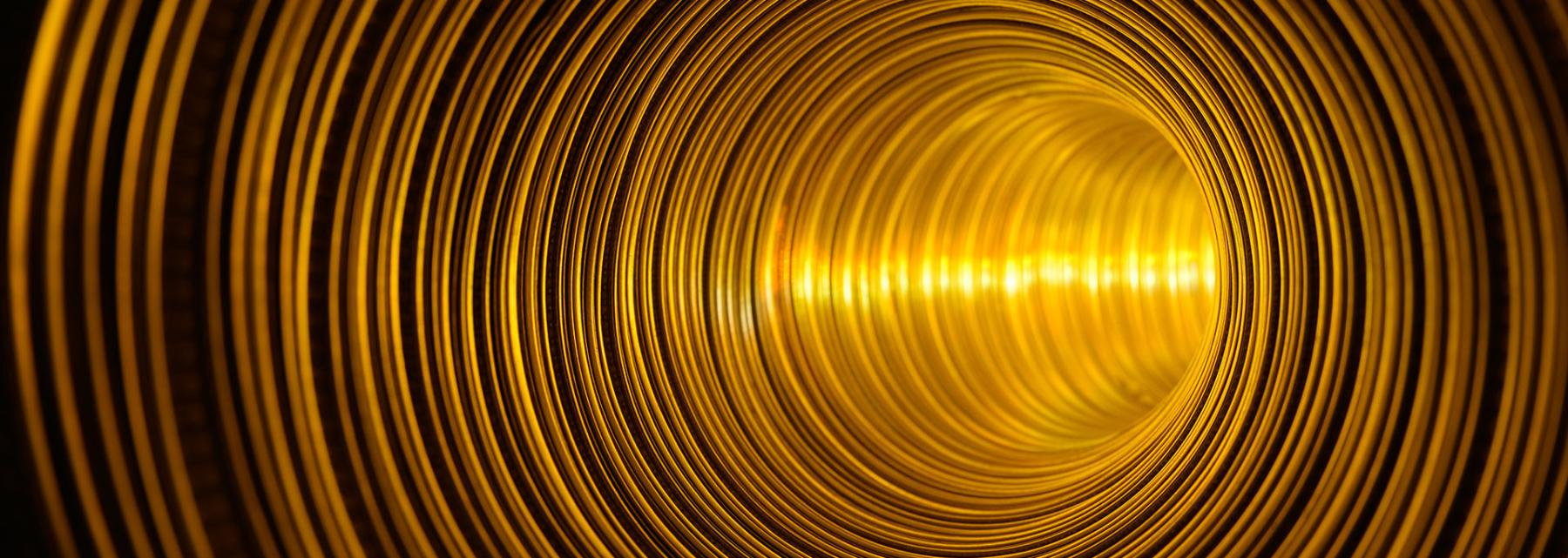
Concert Time
by David Wirth
This a hands on activity that will have the students measure the frequency of a resonating glass bottle by using their cells phones. They will then combine with other groups to play a well known song. Students enjoy this activity and have the opportunity to apply Science, Technology and Math. This lesson is an extension of the lesson “What's your frequency?” Students really enjoy this activity and its pretty cheap to set up.
Lesson Plan Link/URL
https://docs.google.com/presentation/d/1w8y_HVwJ-tX0ue36QeG3_UURmE9uFSCb/edit?u…Subject Area
Science Physical Science P4: Energy Transfer Technology 2. Digital Citizen 5. Computational Thinker 6. Creative Communicator Engineering S3: Apply Mathematics to Engineering S4: Apply Science to Engineering S5: Apply Technology to Engineering Mathematics Expressions and Equations (EE) Functions (F) Reasoning with Functions and Relations (RFR)
Featured
Off
Related Content

Grades:
7th Grade, 8th Grade, 9th Grade, 10th Grade, 11th Grade, 12th Grade
The purpose of this project is to have students use their knowledge of series and parallel circuits to create an electronic greeting card or an electronic game. This lesson should be given after

Grades:
7th Grade, 8th Grade, 9th Grade, 10th Grade, 11th Grade, 12th Grade
Students will combine science and art by using an alternative photographic process called cyanotypes or sun prints. After a short introduction to the history of cyanotypes and the process of creating

Grades:
7th Grade, 8th Grade, 9th Grade, 10th Grade, 11th Grade, 12th Grade
This is a lesson geared toward junior high and high school classes to introduce students to the idea of cryptography and encryption. This lesson could be simplified for younger students by removing